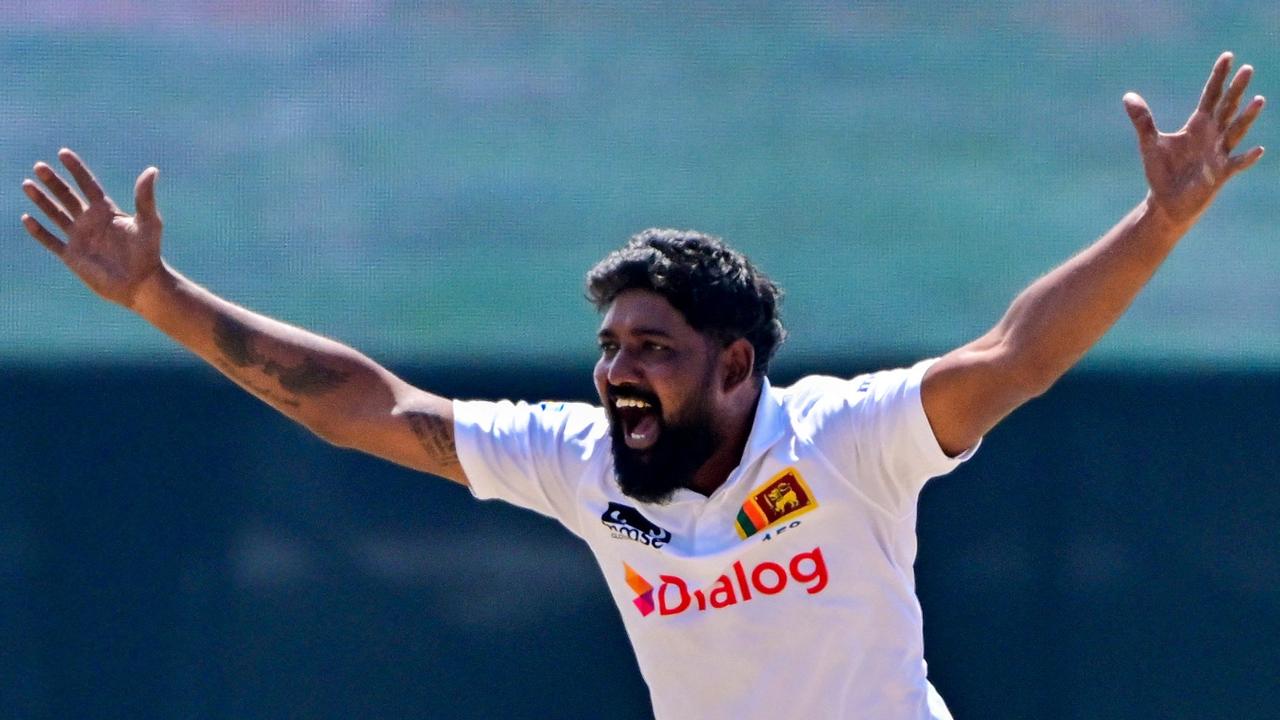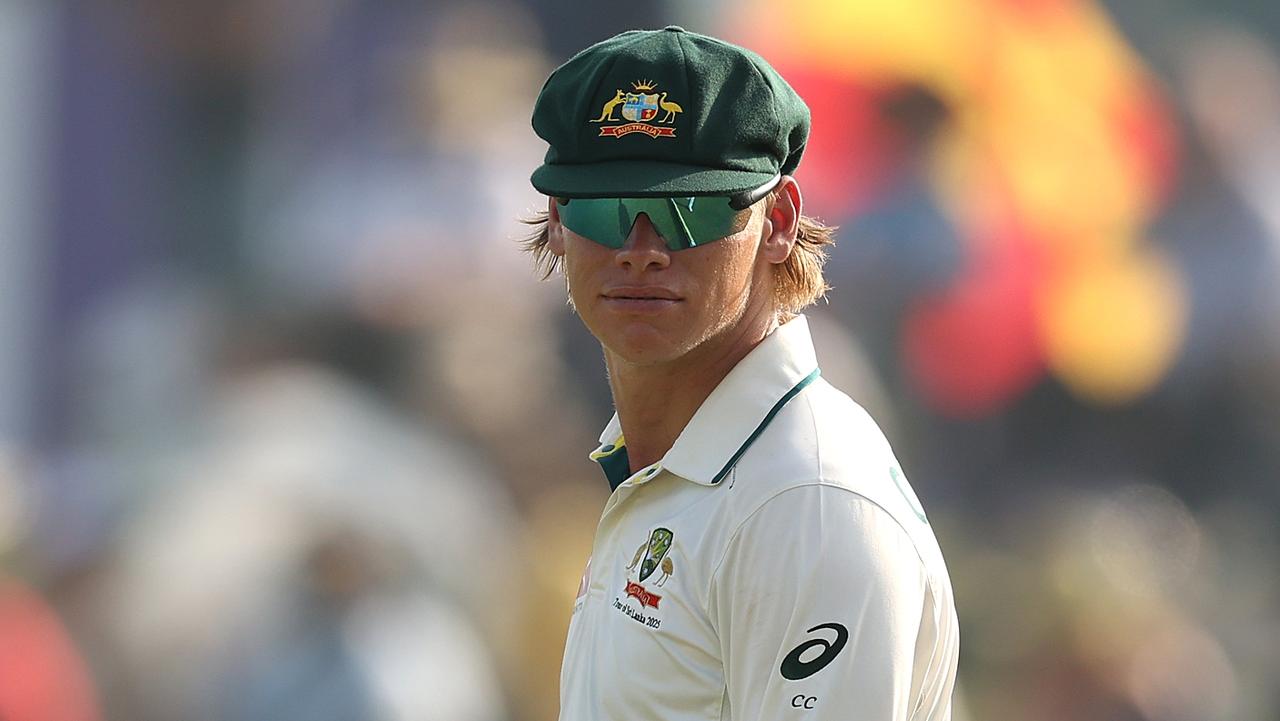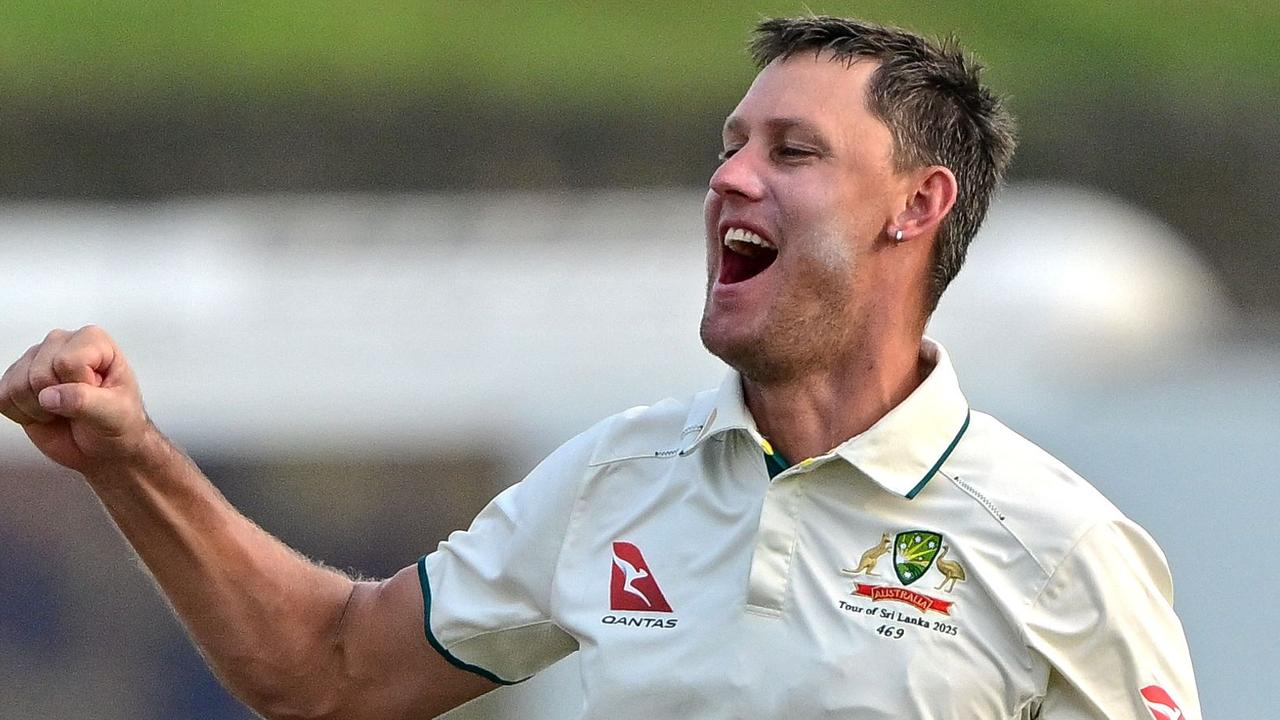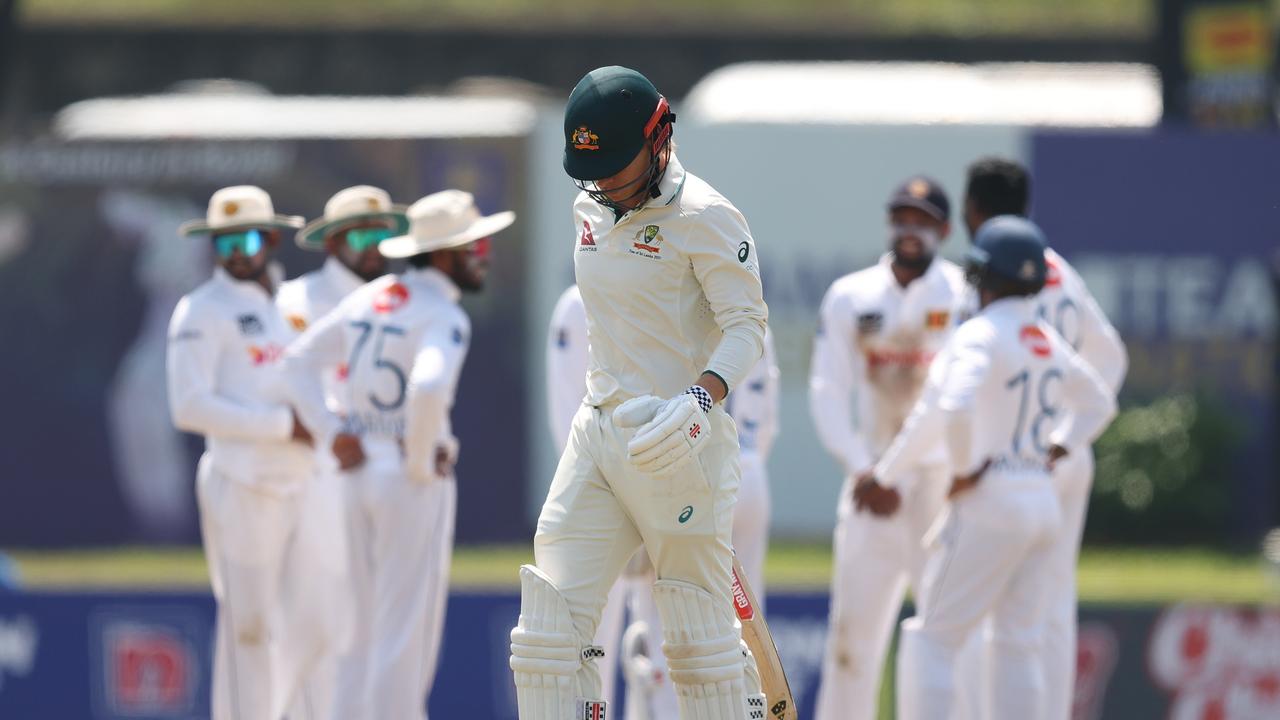Australia’s call to rest star top-order batsmen under the microscope after day one failure
Australia’s bowlers looked fresh and sharp as they knocked over India for 150. But then a batting collapse puts the Aussies’ resting tactics under the microscope.

Cricket
Don't miss out on the headlines from Cricket. Followed categories will be added to My News.
Hours before Australia took the field, Steve Waugh made a prediction they would either come out refreshed or underdone from the resting policy which has polarised the game.
The Test great was surprised they didn’t play more in the lead-up, and so there was subtle – if not major – pressure on the Australian team to come out of the blocks firing against India.
Day one was barely three quarters through when two things became obvious: the bowlers justified their lack of cricket, but the batsmen certainly did not and therefore Waugh was right on both counts.
Josh Hazlewood, Mitchell Starc and Pat Cummins looked sharp, hungry and dangerous from being kept so fresh, while Steve Smith (0), Marnus Labuschagne (2 off 52), Travis Head (11) and Mitchell Marsh (6) – and even Usman Khawaja (8) – looked like batsmen who certainly wouldn’t have suffered from an ODI hit-out on this fiery Perth Stadium deck a week ago.
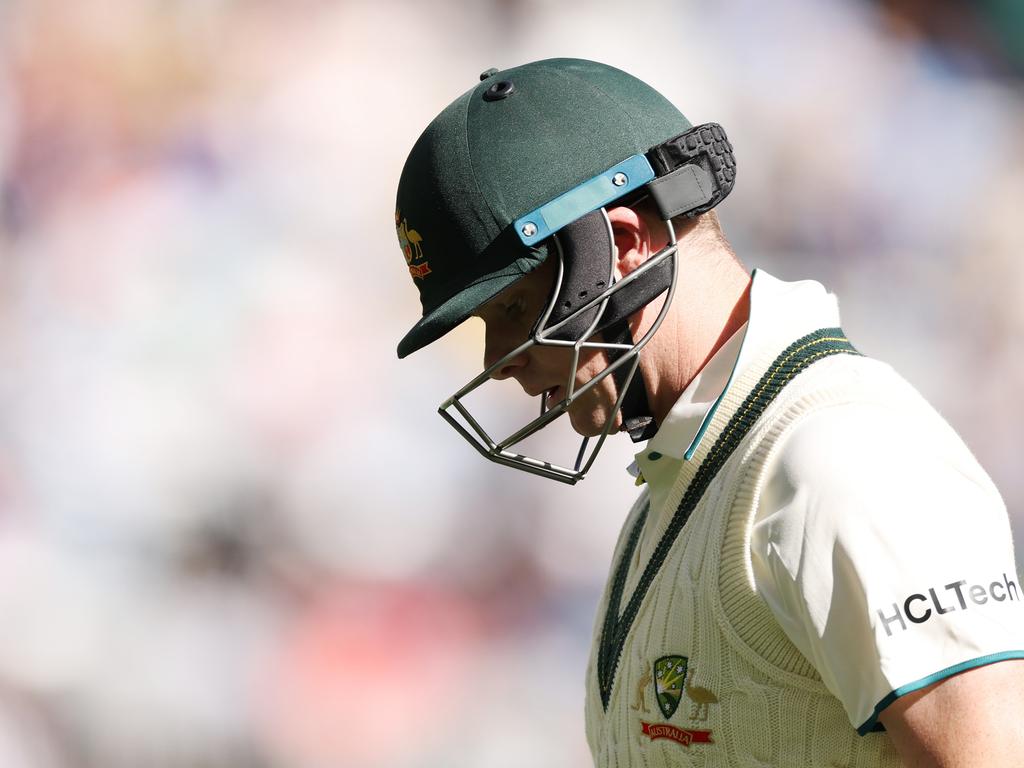
Waugh admitted his shock at the carefully monitored amount of cricket played by the Australian Test team during a lead-up where for once there was actually plenty of time for match practice if the powers that be wanted to use it.
“I don’t understand why we have not played more Shield games,” revered former Test captain Waugh told his old mate, Ian Healy on SEN.
“We are either going to be extremely fresh or underdone I am not sure what it is this Test.
“They have had the opportunity to play a lot of games (but) they have been managed or rested or whatever the term is but they don’t seem to play a lot of cricket leading into matches.’’
Captain Cummins, who was able to enjoy a Coldplay concert in Sydney when Australia lost the deciding ODI against Pakistan in Perth because he was afforded the match off to rest, felt it could be a while until the benefits of the bold decision to prioritise freshness for a critical Test series against India would bear fruit.
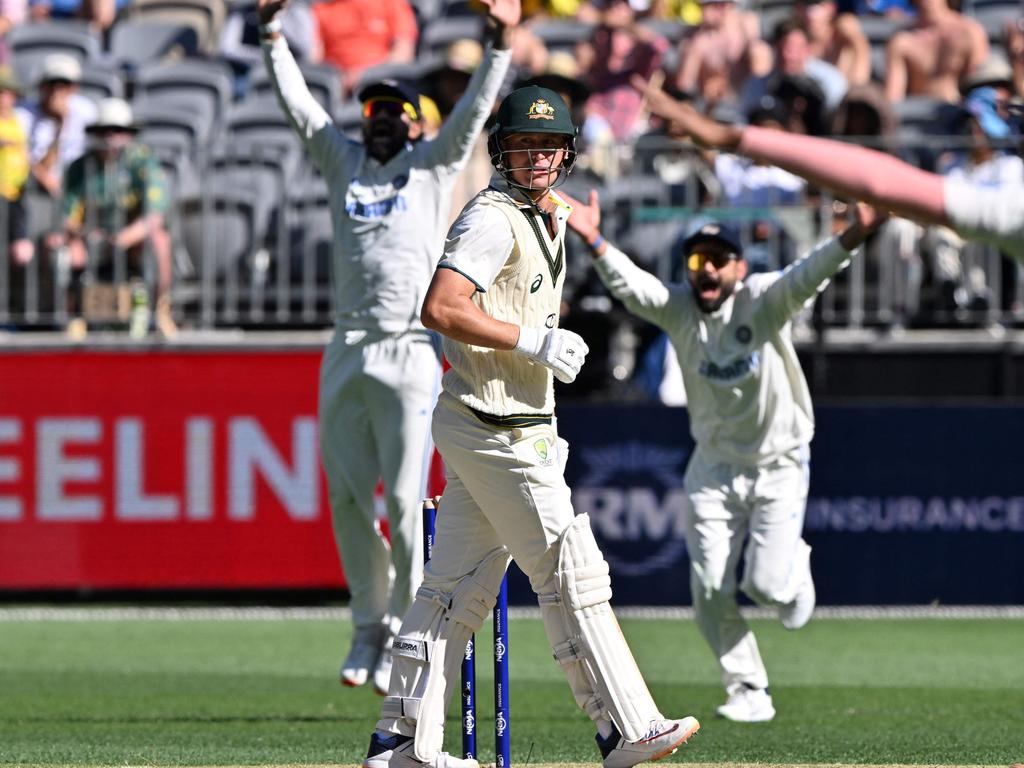
“I think it’s one of those ones you might not necessarily see the benefits of it right away, but obviously we’ve got five Tests into (a tour of) Sri Lanka and lots of other cricket, so it might not be for a few months later that you see those extra four days of travel pay dividends,” Cummins said the day before the first Test.
But at least for Cummins and his bowlers, it took just a matter of deliveries for the attack led by Hazlewood (four wickets) and Starc (two wickets) to justify the wisdom that keeping them cherry ripe for the pursuit of Test glory against India was – while contentious – ultimately for the greater good.
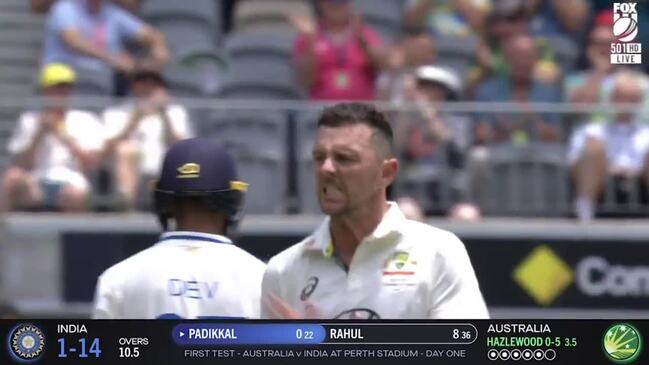
“I feel great,” Cummins said on match-eve.
“I couldn’t have asked for a better lead in so hopefully it translates into a good summer. I’ve been really lucky to have four or five months off to build up, get strong, I played some white ball cricket for NSW and Australia and there’s no real hiccups.
“I feel as strong and as fresh as I have for a long time. So I am sufficiently underdone.”
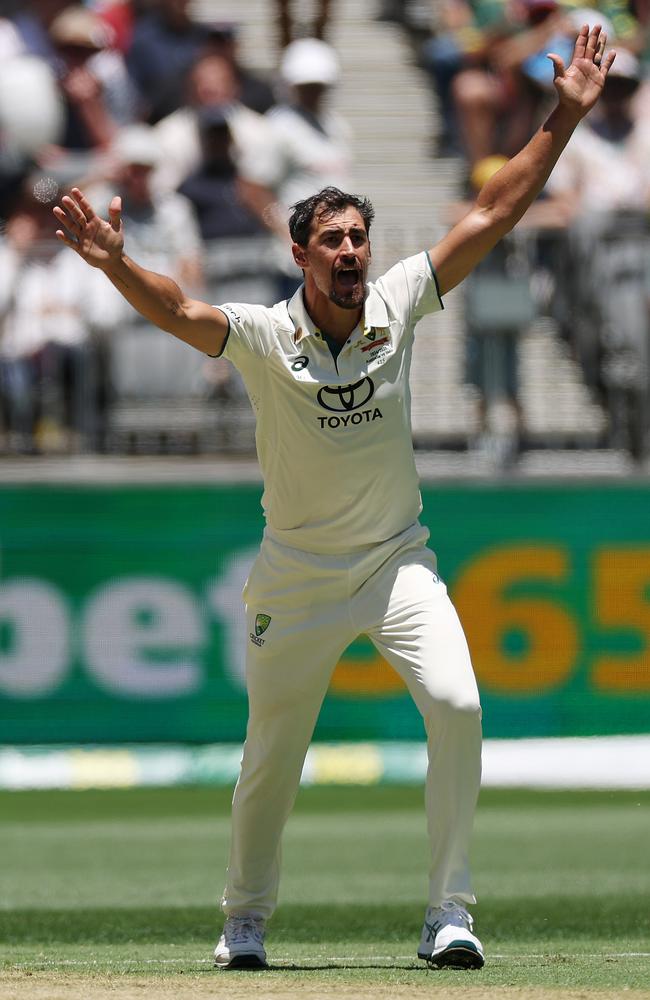
However, for the batsmen there was no such thing as “sufficiently underdone” and they were instead, majorly exposed.
How much difference it might have made is obviously highly subjective, but would Smith and Labuschagne have been any better prepared for Jasprit Bumrah had they played the ODI at the first Test venue in Perth last week against Pakistan’s quality attack when they had the chance?
There can be less argument about the decision to give Head and Marsh the match off because who could begrudge the two men the chance to be at home for the birth of their respective children.
Khawaja hasn’t played an ODI since 2019 so playing him for a one-off match against Pakistan would have been strange, but perhaps not the worst idea in the circumstances.
If selectors saw it as a benefit, there were other Sheffield Shield matches the Test stars could have fitted in before this first Test as well – but the decision was made that the players needed to be fresh not overcooked before a five-Test summer.
The counter argument might be that debutant Nathan McSweeney played a stack of cricket in the lead-up and that more doesn’t necessarily mean better.
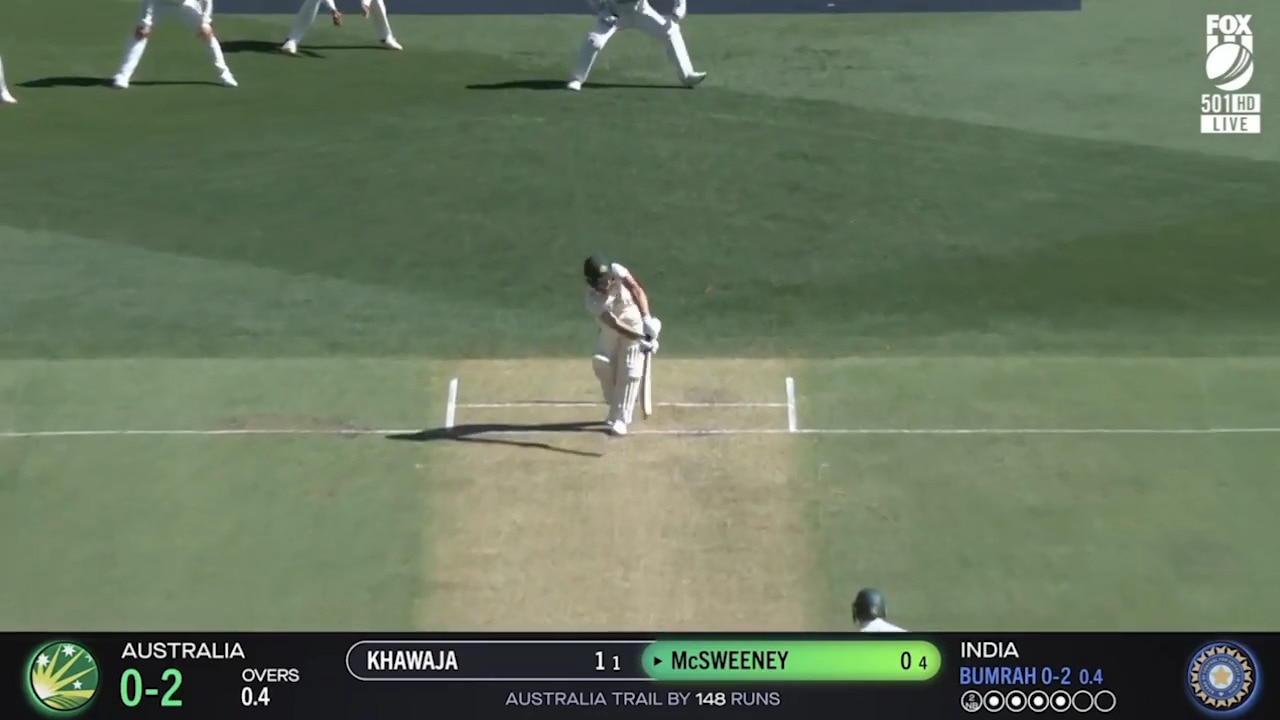
Perhaps Cummins is right that it’s too early to judge the contentious preparation for this series.
In some ways the selectors were forced into the predicament of pulling stars out of the final ODI in Perth because of Cricket Australia’s flawed scheduling having the final match in Perth.
Had WA hosted the first match of the series then maybe the Test stars could have been available for all three because the travel demands would have been less onerous.
The concern was flying the Test stars across the country to Perth, then back to the east and then back again a handful of days later for the first Test was pushing it when winning the Border Gavaskar Trophy was so critical.
Few Australian fans would have been complaining in the first two sessions on Friday when Starc and Hazlewood exploded out of the blocks like trained assassins.
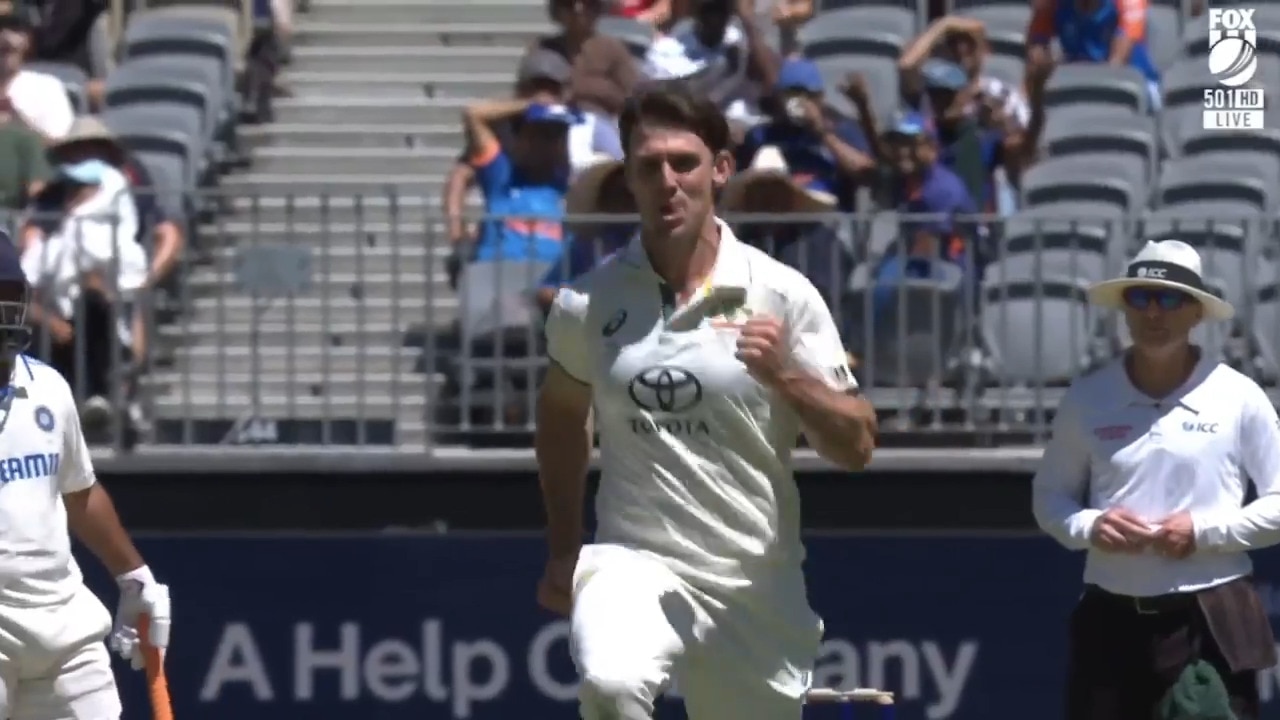
All-rounder Marsh (2-12 off five overs) also proved critics wrong, firing from all cylinders despite the fact he hasn’t bowled a delivery in a match since the September white ball tour of England.
The day one destruction of India (all out 150) is the first time Australian pacers have taken all 10 wickets against India in a Test innings since Perth 12 years ago.
Another extraordinary mark was passed when the quartet of Cummins, Starc, Hazlewood and Nathan Lyon took their 500th wicket playing together – with the spoils split remarkably evenly across the board.
If the Aussie quicks continue how they’ve started, any anger from the mass resting against Pakistan will quickly disappear, but the batsmen still have it all to prove.
More Coverage
Originally published as Australia’s call to rest star top-order batsmen under the microscope after day one failure




